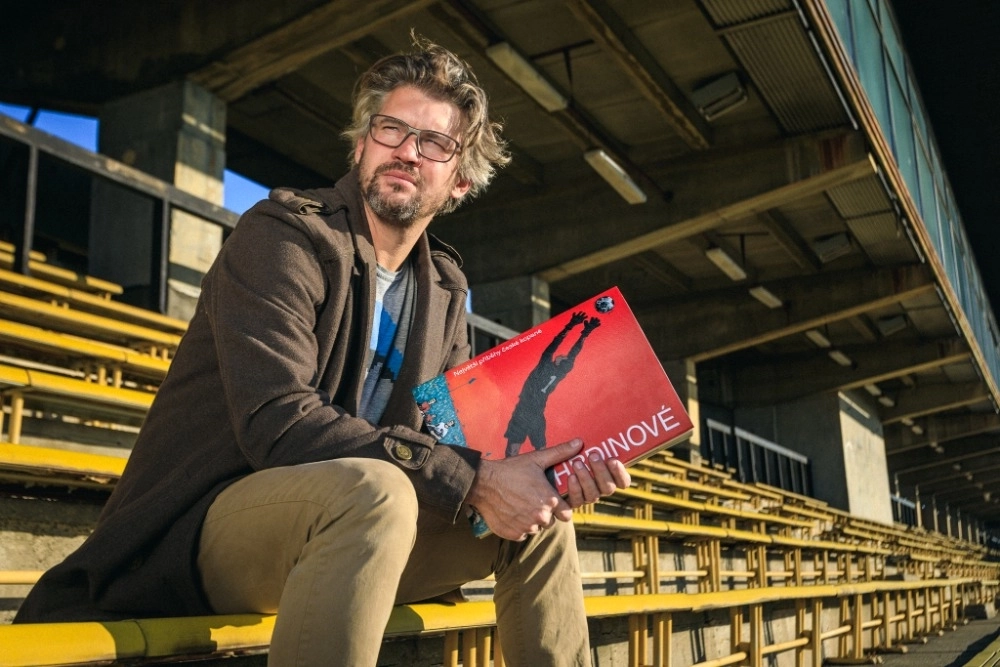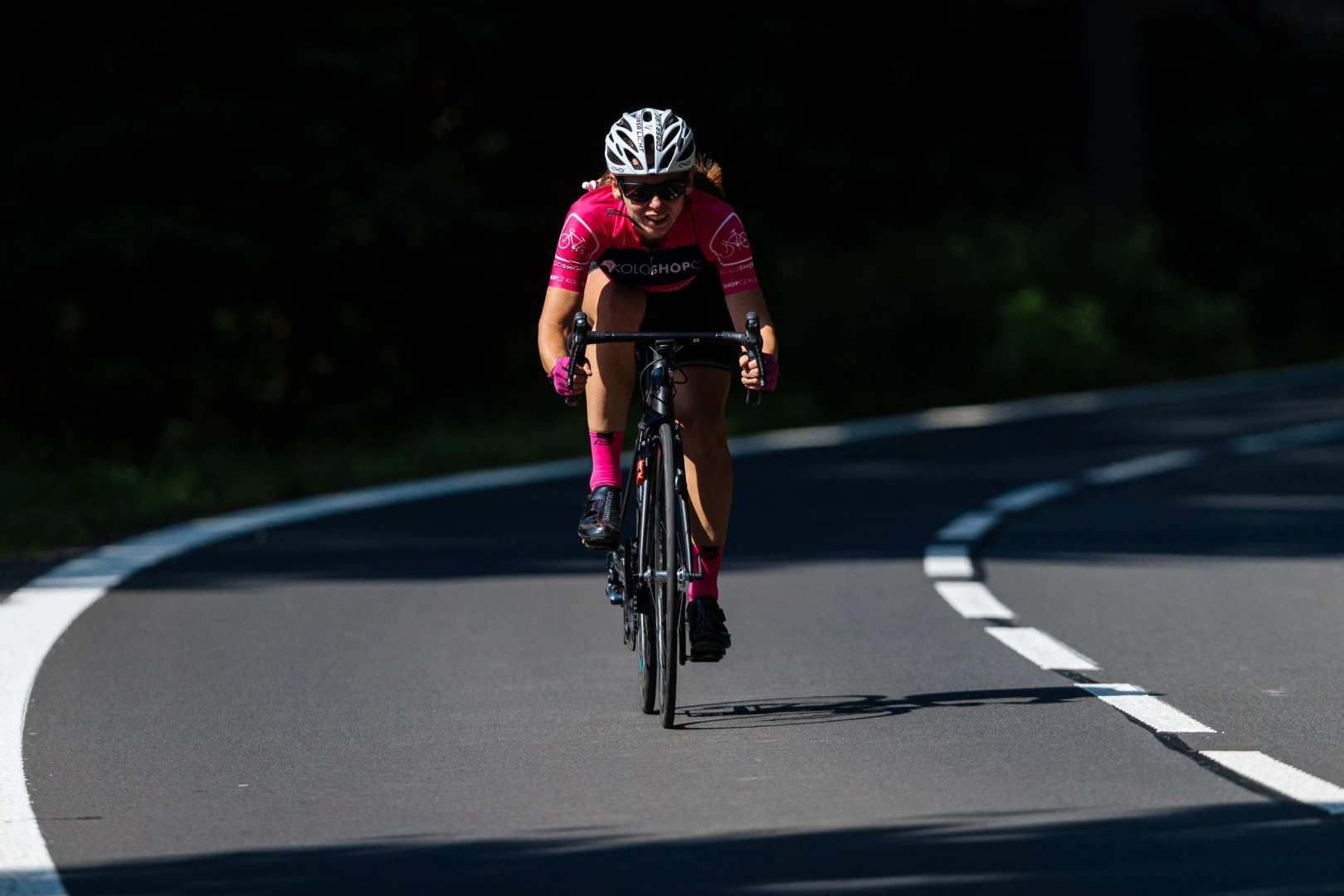Ondřej Horák is the author of two books dedicated to the heroes of Czech football and hockey, on which he collaborated with the excellent illustrator and comic book artist Vojtěch Šeda. From 2014 to 2019, he and his friends organised the football tournament "Jindra, a one-day festival about football and art". We talked about football heroism, the JINDRA project and also about a documentary exploring the interconnections between football and art.
Ondrej, you have written books about the heroes of Czech football and hockey (Hrdinové. The Greatest Stories of Czech Football, Hrdinové 2. The Greatest Stories of Czech Hockey). Can you give the readers some background on the creation of both books?
I worked on both books in collaboration with experts because I am more of an amateur admirer of these sports. I worked with Jaromír Bosák on the football book and the hockey publication was made with Robert Záruba. Then, with the illustrator Vojtěch Šeda, we developed the themes for the pictures and comics. The two books differ a bit in that the hockey book is a continuous tale of boys getting older. The football one is more about stories. We chose the title Hrdinové (Heroes) to emphasise that these were people who often fought through adversity to win, and who displayed some kind of civic heroism. There is, for example, the story of Vlasta Burian, who is somewhat forgotten even in sport, and who during the Second World War ostensibly employed his colleagues from the football team in his theatre. But then there are many other stories from both history and the present times.
.jpg)
Most books on football are about how many passes someone made, and what team they played for, but that wasn't a priority for us. The stories are more about the people, what they had to go through or what they had to achieve than how many goals they scored.
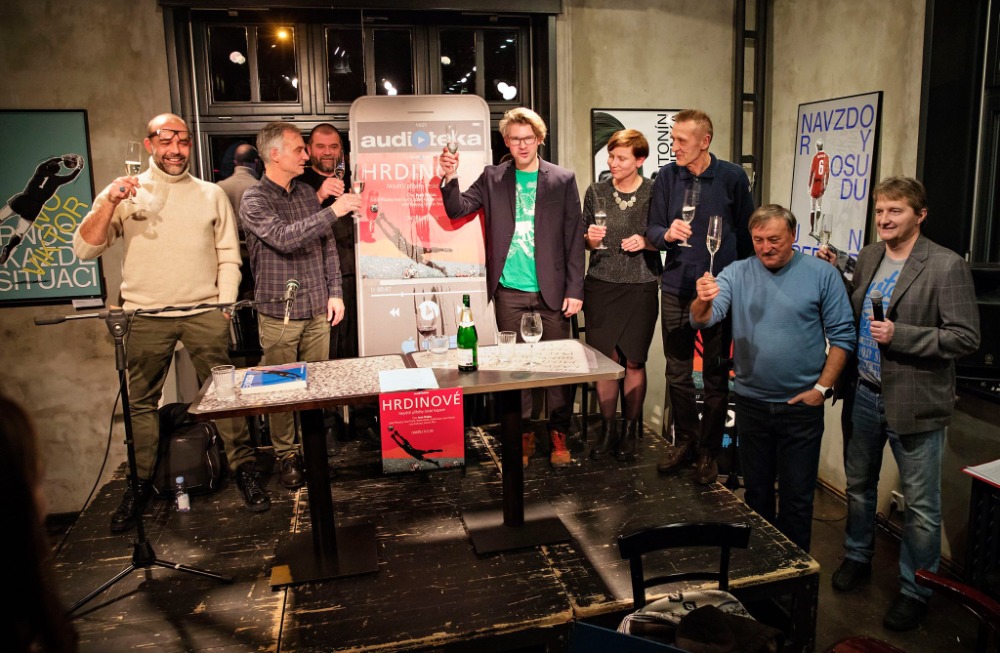
A few years ago you organised an annual one-day football tournament for artists. What initiated the JINDRA project?
There have always been groups of artists here who played sports together. It was already during the First Republic, then there was the famous Paleta vlasti or Amphora. There have always been groups of artists, architects, painters, sculptors or graphic designers who played football together. I was also in such groups. The idea of a joint tournament was born. Back then I was in charge of the accompanying programme for the Jindřich Chalupecký Prize, and I thought it was quite funny, because I'm interested in artistic communities, to reach out to that scene across the board and take that as an excuse to have a meeting where you play football. It was open to everybody.
During the first year, the artists made a children's programme, because we all had kids already. So there were babies toddling around the playground, there were various activities prepared for them, they could even play. I don't recall if any women were playing, but we all took it pretty seriously, so maybe they didn't feel like joining in. But it was definitely a community thing from that point of view, so it wasn't just something that the guys agreed on. We would always rent a pitch in Prague and seven or eight teams would get together and come up with some crazy names. We had jerseys. Jirka Franta drew the posters. The artist Petr Dub made a cup and we called it JINDRA as a bit of a joke. As far as I know, Jindřich Chalupecký had no relation to football. In fact, I wouldn't be surprised if he hated it. But we all didn't really care, that wasn't the point.
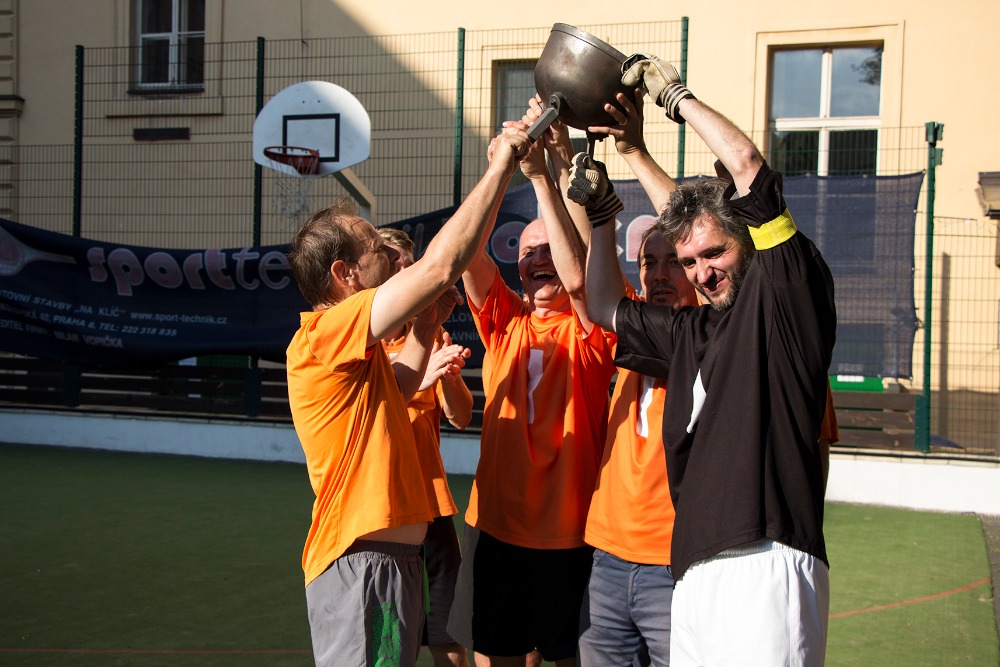
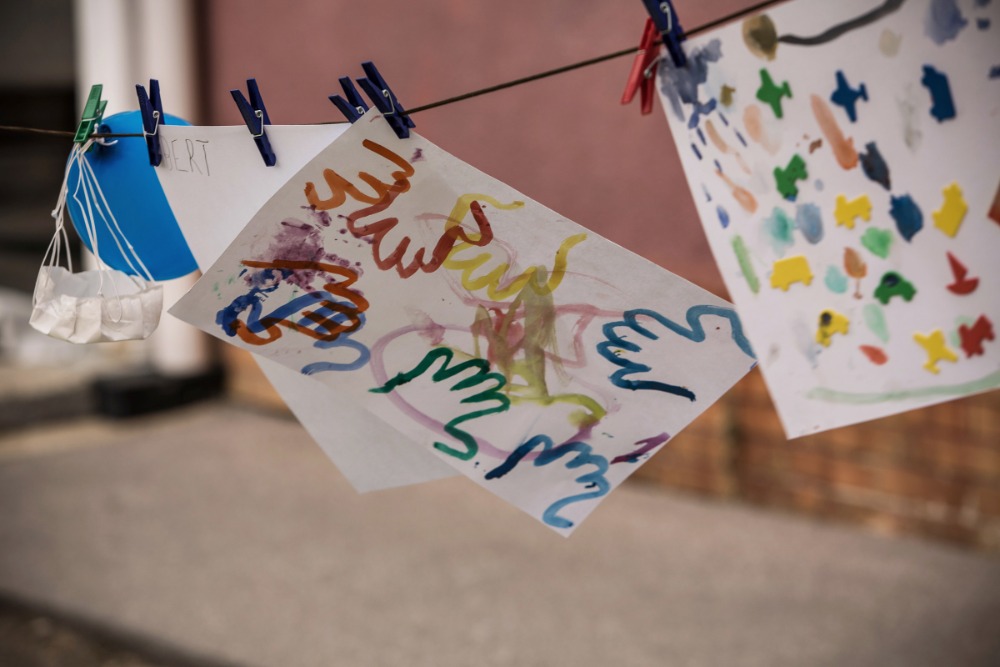
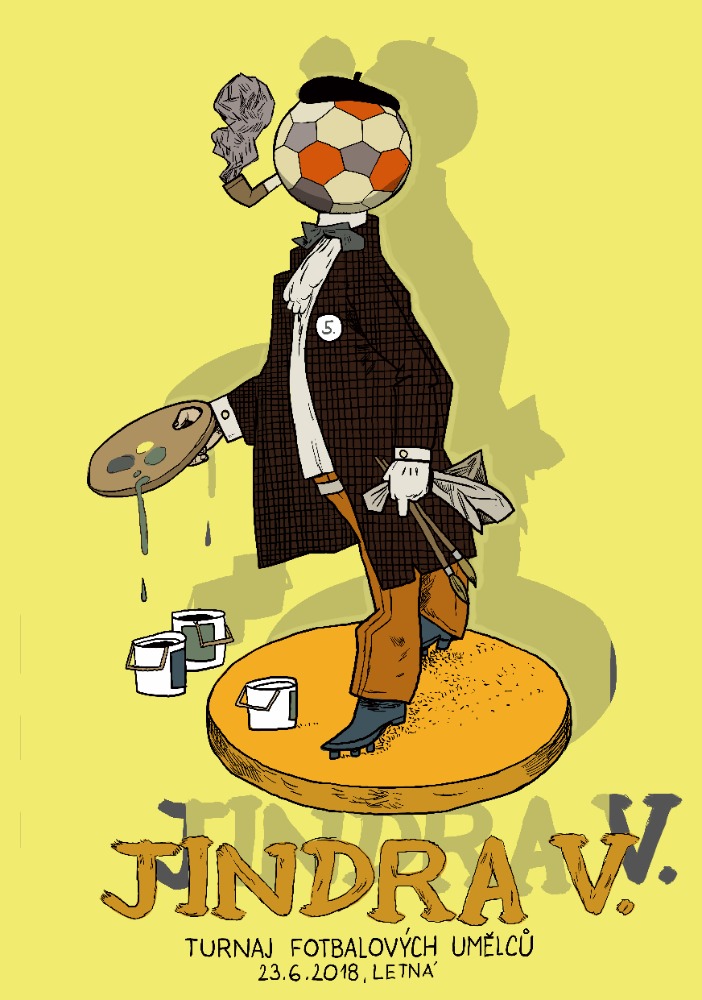
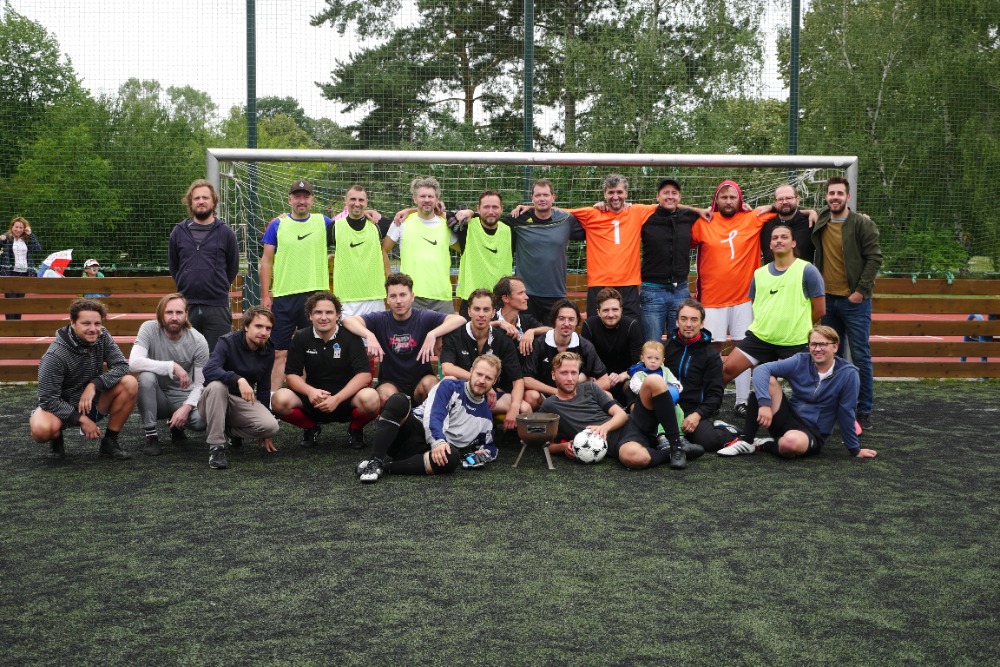
You took part in JINDRA for six years. Why have you decided to stop?
We stopped for two reasons. On one hand, there were too many ambulances coming to the event. When we started, we were all around thirty-five years old. Later, I didn’t want to keep organising it because there were too many injuries. On the other hand, it just didn’t fit in the new concept of the Jindřich Chalupecký Prize which was focused in a different direction. If you look at it this way, football is usually associated more with men than women and so it was time to give space to others.
Where do you see an important connection between football and art?
I had the ambition to make a documentary about it, we even filmed it, but we never had time to edit it. In the documentary, I interviewed representatives of the art scene. I remember that there was Tomáš Vaněk, the former rector of the Academy of Fine Arts and also a great football player, Krištof Kintera, a great football player and now also a hockey player, and Ondřej Chrobák, the curator of the Moravian Gallery in Brno. All of them are enthusiastic sportsmen, whom I used to meet at football tournaments. There were also architect Adam Gebrian, graphic designer Petr Babák and many others. I talked to them about whether they saw anything in common between football and art because it seemed logical to me that if they were artists and dedicated to football, they must have thought about it at some point. And it turned out that they did.
The most interesting was the topic of spectators, which, by the way, was the reason why I wrote both books about football and hockey heroes. I like these sports and I always had a problem with the way spectators behave in Czech stadiums during football matches, all the things we can unfortunately still hear there, racist swearing and so on. I foolishly thought that a book like this could somehow change that situation. But to go back to your question, we were talking about what the audience expects when they go to a football match, how different they are from visitors who go to a gallery, and what role sport and art play in that. It has been mentioned that football should be for the spectator to enjoy and get pleasure from, but art doesn't have to or shouldn't be primarily created for the spectator. It can have the ability to provoke the viewer or not to be to their liking, and artists who create work primarily to please ... that in itself does not imply quality.
We also opened the topic of education and talent in the documentary. I remember that when I asked Krištof Kintera how a Czech artist can make it abroad, he said that it was similar to a football player. We are from a small country, it's a small market. A Czech footballer has to offer something special from a global perspective to impress abroad more than an English, German or French player who has a huge market, background and fans behind him. A Czech footballer has to be that much better and it's a bigger feat that he can make it in such a team because he doesn't have that background. Krištof pointed out that it is exactly the same with art, there are several Kinteras running around the world and he has to attract gallerists or exhibition producers to choose him. Czech artists don't have the market behind them that Chinese or American artists currently have, so they have to have a significant reason to do so for someone to exhibit them.
Football and contemporary art have a strong collective dimension. Do you see anything interesting in it for you?
Instead of the word collectivity, I would say cooperation. It's a subject I've been working on for a long time. I am interested in collaboration between artists and other social groups within society. I think that art has a much greater potential than just being presented in exhibitions. And I think its huge role, which is growing in the 21st century, is the ability to use art and human creativity to improve society and to involve art in giving us some kind of key to crises that we don't know how to approach well.
I am extremely interested in the topic of collaboration in sports. Cooperation in football or hockey is essential. Essential is an understatement. You can't beat your opponent alone. Even the best teams that buy Messi, Neymar, Mbappé, won't win anything, because even with three players, it's impossible. You just have to build a team that works as a team. And I bring that teamwork to the fine arts. So even when I curate an exhibition, I do it this way, we create it from the beginning together with the artists, but also with the gallery management and with the authors of the accompanying programs.
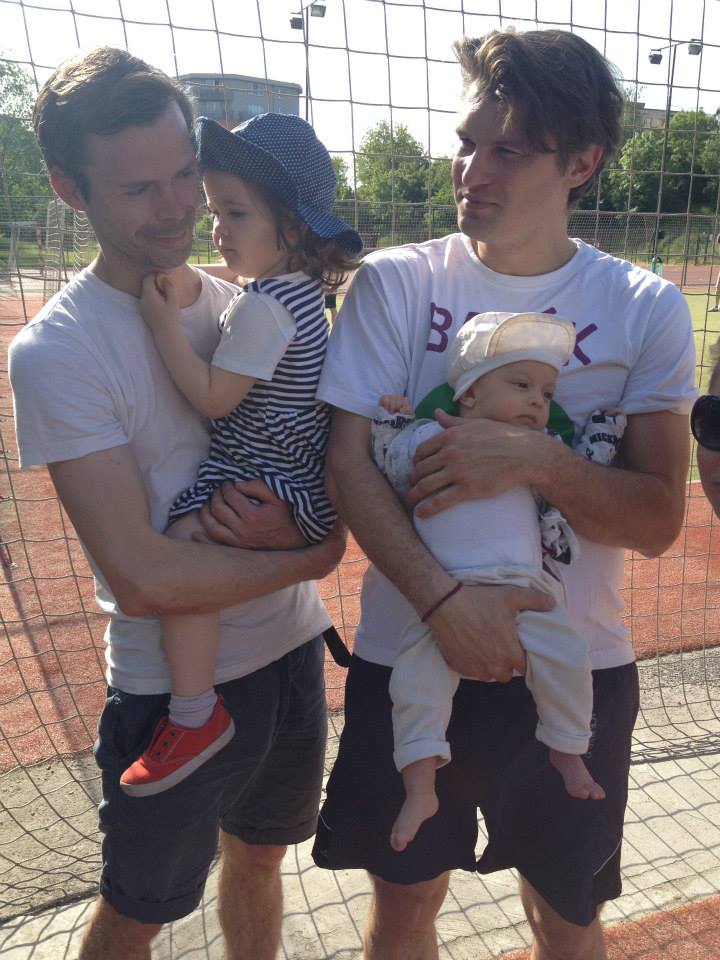
The JINDRA project is done but you still play, am I right?
Yes, we still play football - artists, curators, architects, theorists. It's great because we do a lot of projects together and you get to know these people. During the game, you find out what they are like in terms of character, what their moral qualities are, if they are solo players, if they are dedicated to the team, if they fake injuries and so on. I do a lot of projects with people I play football with because I know I can rely on them.
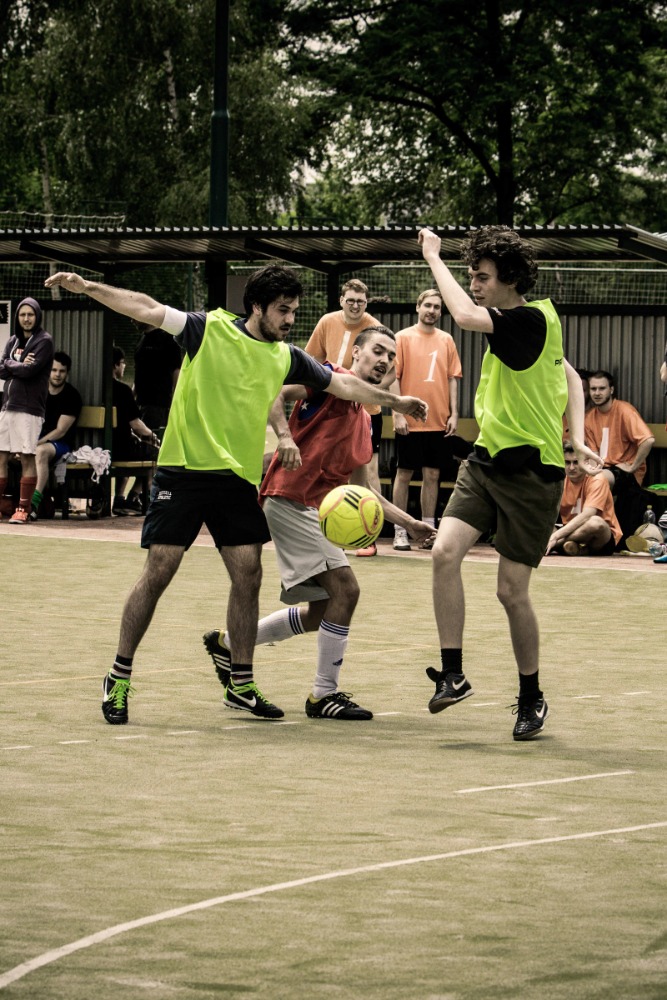
Where do you play?
In Žižkov at Rajská zahrada or in Vršovice at Bohemka - the athletic one. They are small fields, the big ones we wouldn’t manage.
Ondrej, have you ever thought about finishing the documentary we discussed here and presenting it to the public?
I'd love to, but besides time, there’s also the issue of no money and no one will edit it for free. But maybe one day...
Fingers crossed and thank you for the interview.
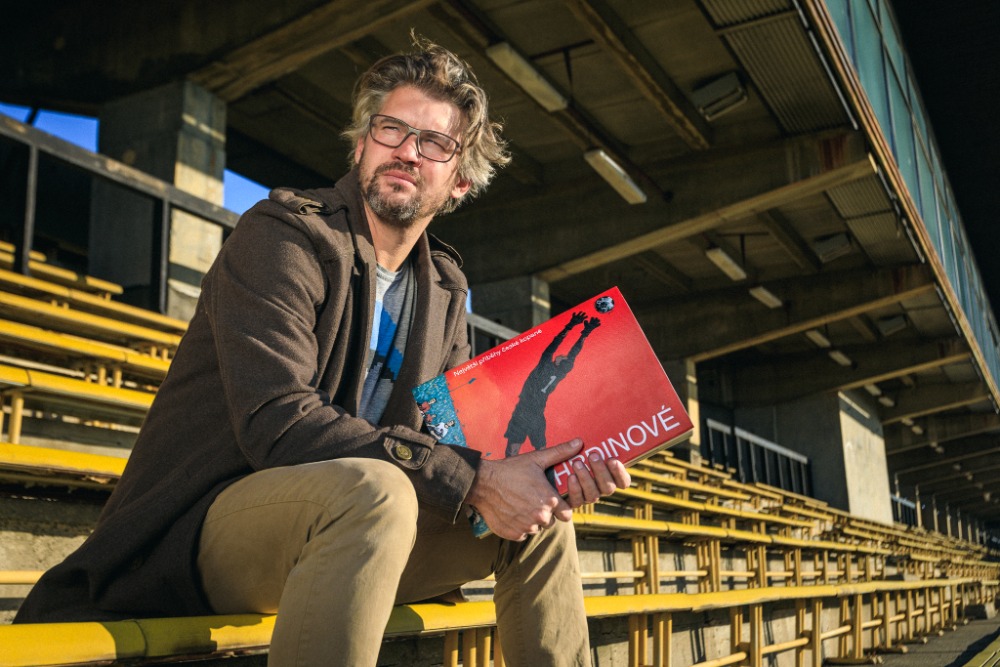
Ondřej Horák (Fuczik) is a curator and author of educational projects. He started as a lecturer and author of accompanying programmes at the National Gallery in Prague (2005-09), head of the GASK Teaching Centre (2009-11), director of accompanying programmes of the Jindřich Chalupecký Award (2011-15), head of accompanying programmes of Tranzitdisplay Gallery (2014-16) and Rudolfinum Gallery (2016-17) and initiator of the Artpark project (2016). Founder of the educational platform Máš umělecké střevo? (since 2009). Author of publications Proč obrazy nepotřebují názvy (Why Paintings Don't Need Names, 2014, Magnesia Litera Award and IBBY Award), Průvodce neklidným územím 1, 2 (Guide to Restless Territory 1, 2, Labyrint, 2016, 2018), Magnus Art Collection (Hrdinové 1,2 (Yinaci, 2017, 2019). Editor of Místa počinu (Places of Action, Školská, 2009), Pro koho to děláš? (Who’re You Doing This For?, TD, 2015), Klacky v galerii (Sticks in the Gallery, GR, 2017), Praha brutálně krásná (Brutally Beautiful Prague, Scholastika, 2018), Proč umění? (Why Art?, MUS, 2019). Co-author of the animated series Podivuhodná historie umění profesora Křečka (The Strange History of Art by Professor Křeček, MUS, 2018), Príbehy umenia s profesorom Škrečkom (Stories of Art with Professor Škreček, 2019), Dějiny umenia s profesorom Škrečkom (History of Art with Professor Škreček, SNG, 2019). Screenwriter of the sixteen-part series Skobičiny (CT, 2019), author of the theme, script and presenter of the six-part documentary Průvodce výtvarným územím (Guide to the Art Sphere, CT, 2019-20). Author of the script for the animated series Proč obrazy nepotřebují názvy (Why Paintings Don't Need Titles, CT, 2016, unrealised), collaborator on the documentary film Vězení umění (Prison of Art, R. Síbrt, 2012). Author and presenter of the programme UM! (2016-2018) on TV Stream.
